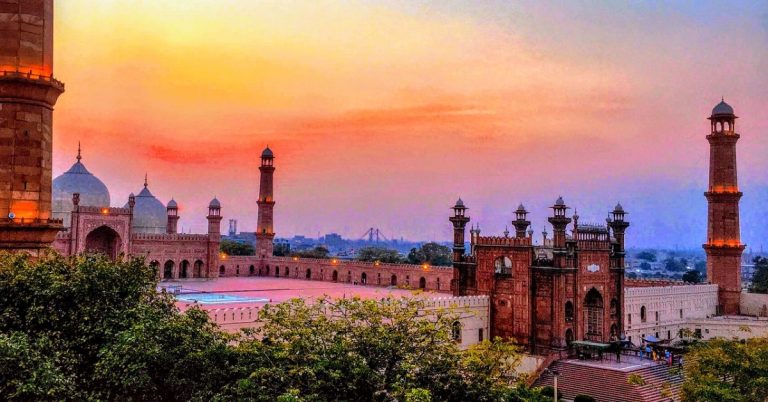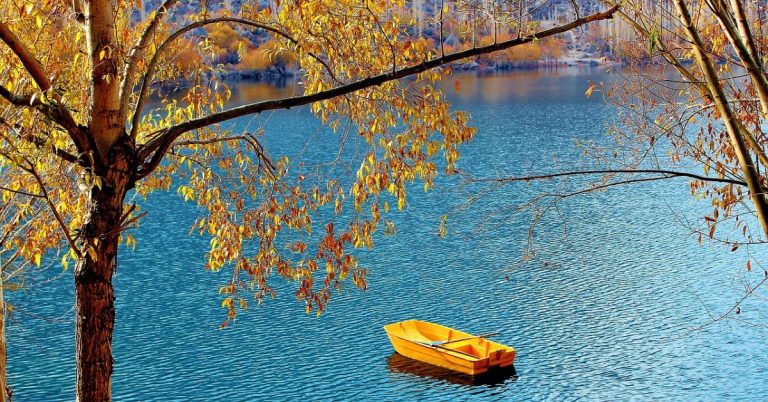By Aizaz Ahmad Chaudhry
At a time when tourism has emerged as a major sector of global economy, many nations have invested heavily in tourism industry to contribute to their gross domestic product and also create employment. For Pakistan too, tourism has the potential to not only bring in socio-economic dividends but also improve country’s positive image. In fact, there are very few countries in the world that can match Pakistan’s combined potential for mountain, religious, heritage, and coastal tourism.
Of the many facets distinguishing Pakistan is its mighty mountains that have attracted adventure tourists from around the world for climbing, trekking, hiking, and skiing. Home to the meeting point of the Himalayas, the Karakoram, and the Hindukush, the northern areas of Pakistan are an authentic destination for mountain lovers. Of the 14 peaks above 8000 meters, five are in Pakistan: K-2 (8,611 m), Nanga Parbat (8126m), Broad Peak (8,047 m), Gasherbrum-I (8,068 m), and Gasherbrum-II (8,035 m). According to Pakistan Tourism Development Corporation, Pakistan is home to 108 peaks above 7000 meters and an equal number above 6000 meters. This spectacular landscape is complemented by extensive glacier systems, gorgeous ridges, fabled lakes, picturesque passes, and high-altitude meadows.
The territories of Pakistan have also been the bastion of major religions. Buddhist holy places in the Gandhara region – Mardan, Taxila, Swat, and Takht-i-Bai – attract tourists from Sri Lanka to Thailand to Japan. Eighty percent of Sikh religion’s holy sites are situated in Pakistan, notably Nankana Sahib, Punja Sahib, and Kartarpur Sahib. Each year, thousands of Sikh yatrees visit these Gurdwaras. Likewise, several Hindu temples in the country are revered by Hindus, including the Hinglaj Mata temple in Balochistan, Katas Raj temple in Chakwal, and Hanuman mandir in Karachi. The Sufi culture of Pakistan also attracts spiritual pilgrims, particularly the shrines of Data Ganj Baksh, Baba Farid Ganj Shakar, and Lal Shahbaz Qalandar.
Pakistan is also the proud inheritor of great civilizations, including Mehrgarh (7000 to 3200 BCE); Indus Valley Civilization sites at Mohenjo-daro (3300 to 1300 BCE) and Harappa (2600 to 1900 BCE); and Gandhara civilization (800 BCE to 600 CE) as well as ancient sites, historic monuments, walled cities, and other architectural heritage. Prof. Michael Jansen, who studied and wrote about Mohenjo-daro, was convinced that Mohenjo-daro alone can change Pakistan’s image from terrorism-afflicted country to a bastion of proud heritage.
Pakistan’s coastline also offers vast opportunities for coastal tourism because of its sandy beaches, beautiful lakes, boating basins, and beach huts and restaurants.
Yet, despite this evident potential, Pakistanis wonder why is Pakistan not able to benefit from this rich national resource. In the travel and tourism development index 2024 of the world economic forum, Pakistan ranks 101st out of 119 countries. (The US is at first place, while China at nine, India 39 and Sri Lanka 76). Several reasons can be attributed to Pakistan’s low standing in the tourism index.
Firstly, there appears to be no comprehensive national tourism policy framework. There are media reports that the PTDC has developed a five-year plan for 2024-2029 to promote international and domestic tourism, but it is not clear if this has been approved. In any policy framework, the government’s role should be confined to being a legislator of policies, facilitator, regulator, and provider of services allied to tourism, while the private sector should be encouraged to create and manage tourist places. The prevailing provincial governance structures for tourism need to be revamped with enhanced coordination with the federal government.
Secondly, accurate statistics are not available because of which planning is either not possible or is flawed. Thirdly, ownership of the local people for tourist sites is important. Only functional local governments can engender community participation in preserving and maintaining this resource treasure, which has suffered from years of neglect by federal and provincial governments. Fourthly, a tourist expects to receive visa facilitation, reliable air connections and safe road access to tourist destinations, decent transport, boarding and lodging, entertainment facilities, internet connectivity, and safe security environment. Fifthly, nothing puts off a tourist more than the garbage around tourist sites. There should be dedicated departments in local governments to ensure cleanliness. Last but not the least, there should be institutions for technical training of local tourist guides and sherpas.
Of late, one hears of the intent of the government to encourage tourism as a revenue-generating industry. The private sector is also taking initiatives to promote tourism. Conferences are being held all across Pakistan to evolve concrete recommendations on how best to promote the tourism industry of Pakistan. Amidst the prevailing economic crunch, we need every hand on the deck to help improve the economic life of the country.
The writer is a former foreign secretary, and chairman Sanober Institute Islamabad.



